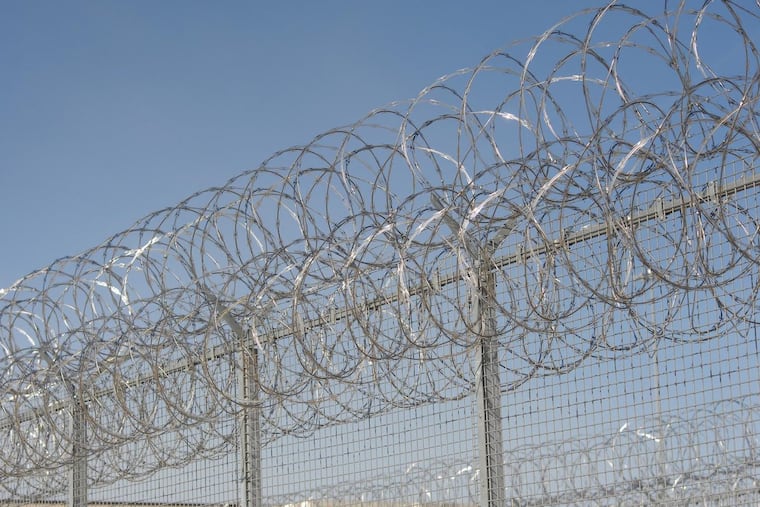Prisoners of Pa.’s secret system of indefinite isolation sue for release and damages
The lawsuit alleges that the Pennsylvania Department of Corrections unconstitutionally “isolates people with serious mental illnesses in permanent solitary confinement.”
